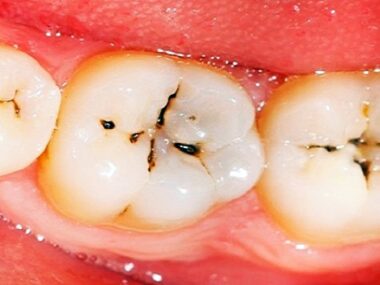A seizure is a sudden, uncontrolled electrical disturbance in the brain that can cause a wide range of symptoms, depending on the type and severity of the seizure. Seizures can be caused by various factors and can affect people of all ages.
Types of Seizures
- Generalized Seizures: These seizures affect both hemispheres of the brain and can cause loss of consciousness. Common types include tonic-clonic seizures (formerly known as grand mal seizures), absence seizures (formerly called petit mal seizures), and atonic seizures.
- Focal (Partial) Seizures: These seizures originate in a specific area of the brain and may or may not involve loss of consciousness. Simple partial seizures affect a specific part of the body or mind, while complex partial seizures can impair consciousness and awareness.
- Secondary Generalized Seizures: These seizures begin as focal seizures but then spread to affect the entire brain.

Causes of Seizures
- Epilepsy: This is a chronic neurological condition characterized by recurrent seizures. It can have various causes, including genetics, brain injury, infections, or developmental disorders.
- Febrile Seizures: These seizures occur in young children and are often triggered by a high fever.
- Other Medical Conditions: Seizures can be associated with other medical conditions such as brain tumors, stroke, infections, metabolic disorders, and more.
- Triggers: Some individuals may experience seizures triggered by specific factors like flashing lights (photosensitive epilepsy), sleep deprivation, or alcohol withdrawal.
Symptoms of Seizures
- Seizure symptoms can vary widely but may include:
- Uncontrolled muscle movements (twitching, jerking)
- Staring spells
- Loss of consciousness
- Confusion
- Changes in mood or perception
- Inability to respond to stimuli
- The specific symptoms depend on the type of seizure and the part of the brain affected.
Diagnosis and Evaluation
- Medical professionals use a combination of medical history, physical exams, neurological tests, and diagnostic tools like EEG (electroencephalogram) and imaging (MRI or CT scans) to diagnose seizures and determine their cause.
Treatment
- Treatment options for seizures include:
- Medications: Antiepileptic drugs (AEDs) are often prescribed to control or reduce the frequency of seizures.
- Lifestyle Modifications: Avoiding triggers, getting enough sleep, and managing stress can help prevent seizures in some cases.
- Surgical Options: In cases where seizures are caused by a specific brain abnormality, surgery to remove or treat the affected area may be considered.
- Vagus Nerve Stimulation (VNS) and Responsive Neurostimulation (RNS): These are implantable devices that can help control seizures in some individuals.
Living with Seizures
- Managing epilepsy or other seizure disorders may involve medication adjustments, regular doctor visits, and lifestyle modifications.
- It’s crucial for individuals with seizures to take their medications as prescribed and to work closely with healthcare professionals to develop a treatment plan that suits their needs.
First Aid for Seizures
- If you witness someone having a seizure, it’s essential to:
- Keep the person safe from potential hazards.
- Place them on their side to prevent choking.
- Do not put anything in their mouth.
- Time the seizure duration.
- Seek medical attention if the seizure lasts longer than five minutes or if another seizure follows without recovery between them.
Furthermore, Seizures are a complex neurological phenomenon, treatment and management strategies vary depending on the individual and the type of seizure disorder they have.
However, If you or someone you know experiences seizures, it’s crucial to seek medical evaluation and guidance from a healthcare professional.
Proper diagnosis and treatment can often help individuals with seizures lead fulfilling lives while minimizing the impact of their condition.










